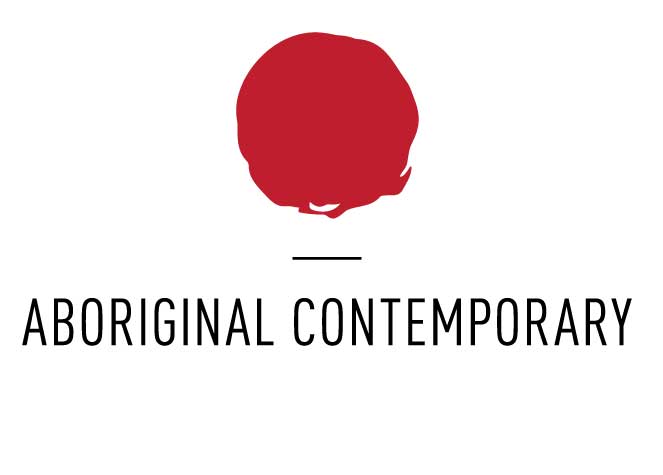Albert Namatjira - the very beginning of the contemporary Aboriginal Art Movement
September 01, 2017
Born in 1902, Albert Namajitra was an Arrernte man who grew up in a Hermannsburg Lutheran mission west of Alice Springs. Albert drew from an early age, depicting the scenes around him (people and animals). Over the years Albert spent at the Mission, many artists visited and introduced him to Western painting techniques and styles. Amoung them was artist Rex Battarbee, who showed him how to use watercolour paints. Albert took to the medium quickly. In 1937 Lutheran Pastor Friedrich Albrecht sold ten of his paintings at a conference in South Australia. The following year, Albert had his first exhibition in Melbourne. From there, he became well known for his lithe ghost gums and purple ranges, illuminating the beauty of his arid land. However at the height of his painting, some art critics and institutions were hesitant to support and collect his work because it was not 'real' Aboriginal art because it was a Western style; they felt he was a product of government successful assimilation policies.
In 1957 Albert was granted conditional citizenship. This gave him freedoms his family members did not have—he could vote, drink alcohol and live where he wished (but could not buy land). Consequently, Albert was expected to support and provide for his family, which often put him in compromising situations. Although he fought the sentence, in 1958 Albert was charged with suppling alcohol to Aboriginal people and sentenced to six months hard labour in Papunya.[1] He served only two months jail and died in 1959.
In hindsight, Albert's watercolours mark the beginning of the first Australian Aboriginal art movement—preceding the acrylic painters of Central Australia—the Hermannsburg School of Painting. Instead of being seen as an example of 'successful assimilation' to Western culture, it is now understood that his work is a statement about the land he traditionally owns, as well as his cultural knowledge and practices, which appear in a more hidden way, such as in the marks he sometimes paints on his ghost gums.
Albert Namajtira, Palm Valley, 1940s, Watercolour, 37.0 x 54.2 cm Art Gallery of New South Wales
[1] http://www.naa.gov.au/collection/fact-sheets/fs145.aspx
